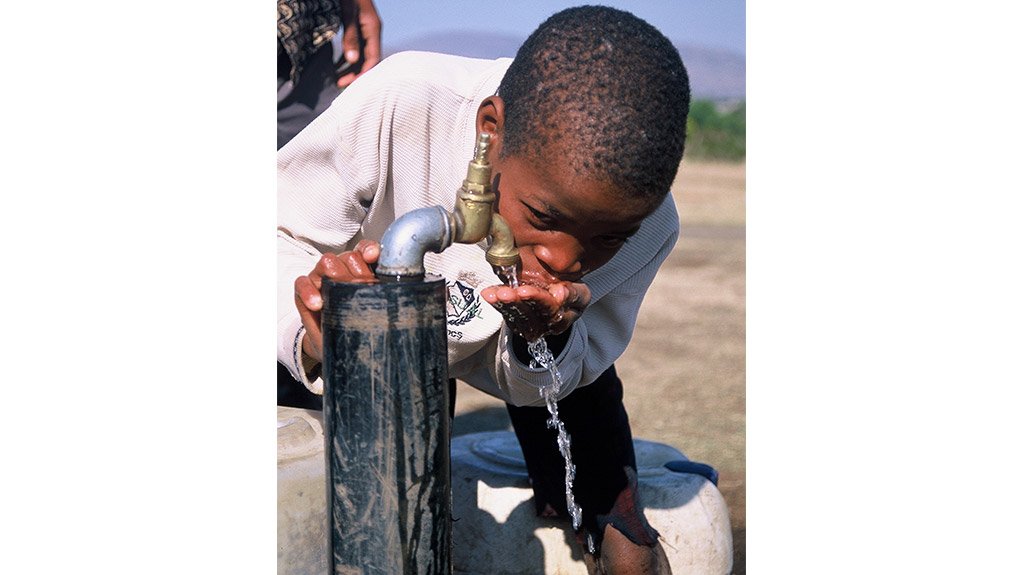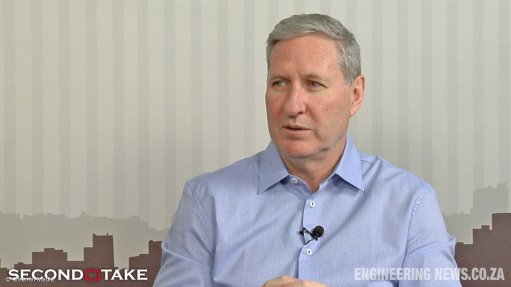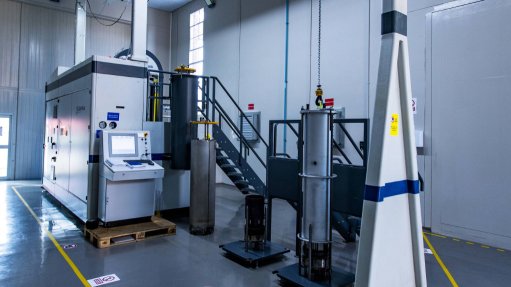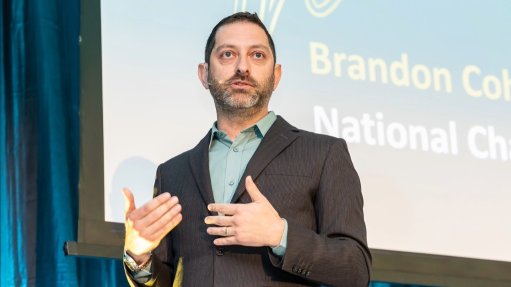Water stewardship as a key response to climate change



Stakeholders need to recognise that water is a shared resource whose management is a shared responsibility
Fiona Sutton, a principal environmental scientist at SRK Consulting (South Africa)
Climate change is often described as a water story because many of its impacts are directly related to water. From unpredictable rainfall patterns to shrinking ice sheets, rising sea levels, floods and droughts – most impacts of climate change relate to water, according to Fiona Sutton, a principal environmental scientist at SRK Consulting (South Africa).
“Addressing these challenges requires a renewed focus on environmental, social, and governance (ESG) imperatives in the context of water stewardship as a central strategy in climate action,” she said.
Extreme weather events are making water scarcer and more unpredictable, she explained, and often also more polluted. These impacts throughout the water cycle threaten sustainable development, biodiversity and people’s access to safe water and sanitation.
How to respond
“At the same time, water remains vital to all aspects of life on earth – being essential to developing and maintaining successful and resilient economies and enabling sustainable livelihoods,” she said. In this context, water stewardship provides a valuable approach and response to protect the needs of the natural environment while ensuring the availability of water as an essential resource and human right.
“Water stewardship involves a transition from a traditional approach of managing water resources within operational boundaries – to a more holistic and inclusive approach that considers the entire water catchment area and the needs of all stakeholders,” Sutton explained.
Beyond the site boundary of a business or industrial operation, water stewardship takes on a broader perspective.
Seeing the whole picture
“It’s like zooming out from a single pixel to see the whole picture,” she said. “Water doesn’t respect our neat property lines or corporate fences; it flows freely, connecting us all. It's too easy for sites and companies just to look at their own production, their own direct impacts and their own site boundary.”
Through the implementation of water stewardship, she continued, a site adopts an integrated catchment approach.
“Without understanding where your water comes from, you can’t understand the upstream and downstream dynamics, as well as your impact on others and how you are going to be affected by water quality or scarcity issues,” said Sutton. “Going beyond the site boundary means considering the broader impacts of water use, including the entire catchment area.”
Responsible planning
To steward water beyond a company’s immediate borders requires a holistic approach toward responsible planning and management of water resources – so that the outcomes are socially equitable, environmentally sustainable and economically beneficial.
“Water stewardship encompasses a commitment to sustainable practices that consider the impact on the entire watershed and involve cooperation with other stakeholders to ensure the long-term health of water resources,” she said. “It goes beyond on-site water management and regulatory compliance, and allows a catchment to become a focused agent of positive change.”
She pointed out that multi-stakeholder engagement helps a site to better understand the catchment context and stakeholder perceptions – leading to more informed internal decision-making. This engagement also introduces opportunities to implement catchment-based actions where in-depth stakeholder collaboration is necessary.
Making connections
“While the catchment is the setting for water stewardship, the stakeholder engagement is the mechanism for making connections,” said Sutton. “The main reason for stakeholder identification and engagement is to support planning for the site’s water stewardship actions.”
The process should ensure that actions consider the needs and interests of stakeholders and the natural environment, as well as those of the company or organisation that occupies the site. This inclusivity is key to the paradigm shift away from traditional water management and towards a water stewardship approach.
“This allows long-term sustainability to be prioritised over short-term gains, so that the resulting actions will support health, livelihoods and cultural practices,” she said. “It will also ensure that all segments of society, especially marginalised communities, have access to clean and safe water – while recognising the need to balance water allocation among domestic use, industry and ecology.”
Shared resource
She emphasised that stakeholders need to recognise that water is a shared resource whose management is a shared responsibility. This requires more power at local level, by encouraging the active participation of citizens in the governance of water management processes, and the acknowledgment of local knowledge and engagement.
“This manages risk more effectively, as it comprehensively addresses water-related risks by considering the interconnectedness of water systems,” she said. “We need to reconceptualise human-water relations in light of anthropogenic impacts on the global water system.”
Sutton noted that SRK Consulting (South Africa) is driving water resilience through its multi-disciplinary teams, that is focused on notions of value, opportunity, collaboration, context, innovation and sustainability.
“We have the expertise and experience to assist organisations with strategies to achieve water resilience – which is the capacity of a water system to absorb stress or disturbances and still maintain its basic function and structure,” she said. “It’s about adapting to water-related challenges such as droughts, floods and pollution – and being able to recover from water-related crises.”
Article Enquiry
Email Article
Save Article
Feedback
To advertise email advertising@creamermedia.co.za or click here
Comments
Press Office
Announcements
What's On
Subscribe to improve your user experience...
Option 1 (equivalent of R125 a month):
Receive a weekly copy of Creamer Media's Engineering News & Mining Weekly magazine
(print copy for those in South Africa and e-magazine for those outside of South Africa)
Receive daily email newsletters
Access to full search results
Access archive of magazine back copies
Access to Projects in Progress
Access to ONE Research Report of your choice in PDF format
Option 2 (equivalent of R375 a month):
All benefits from Option 1
PLUS
Access to Creamer Media's Research Channel Africa for ALL Research Reports, in PDF format, on various industrial and mining sectors
including Electricity; Water; Energy Transition; Hydrogen; Roads, Rail and Ports; Coal; Gold; Platinum; Battery Metals; etc.
Already a subscriber?
Forgotten your password?
Receive weekly copy of Creamer Media's Engineering News & Mining Weekly magazine (print copy for those in South Africa and e-magazine for those outside of South Africa)
➕
Recieve daily email newsletters
➕
Access to full search results
➕
Access archive of magazine back copies
➕
Access to Projects in Progress
➕
Access to ONE Research Report of your choice in PDF format
RESEARCH CHANNEL AFRICA
R4500 (equivalent of R375 a month)
SUBSCRIBEAll benefits from Option 1
➕
Access to Creamer Media's Research Channel Africa for ALL Research Reports on various industrial and mining sectors, in PDF format, including on:
Electricity
➕
Water
➕
Energy Transition
➕
Hydrogen
➕
Roads, Rail and Ports
➕
Coal
➕
Gold
➕
Platinum
➕
Battery Metals
➕
etc.
Receive all benefits from Option 1 or Option 2 delivered to numerous people at your company
➕
Multiple User names and Passwords for simultaneous log-ins
➕
Intranet integration access to all in your organisation
















